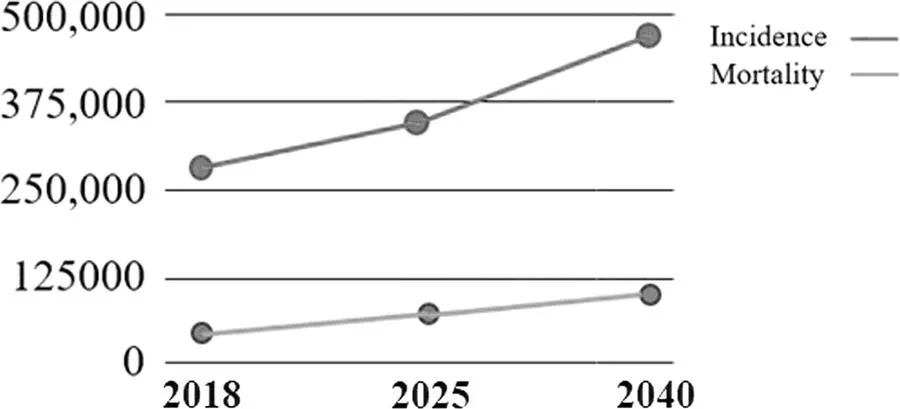
Machine Learning and IoT for Intelligent Systems and Smart Applications
Madhumathy P, M Vinoth Kumar, R. Umamaheswari, Madhumathy P, M Vinoth Kumar, R. Umamaheswari
- 228 pages
- English
- ePUB (adapté aux mobiles)
- Disponible sur iOS et Android
Machine Learning and IoT for Intelligent Systems and Smart Applications
Madhumathy P, M Vinoth Kumar, R. Umamaheswari, Madhumathy P, M Vinoth Kumar, R. Umamaheswari
À propos de ce livre
The fusion of AI and IoT enables the systems to be predictive, prescriptive, and autonomous, and this convergence has evolved the nature of emerging applications from being assisted to augmented, and ultimately to autonomous intelligence. This book discusses algorithmic applications in the field of machine learning and IoT with pertinent applications. It further discusses challenges and future directions in the machine learning area and develops understanding of its role in technology, in terms of IoT security issues. Pertinent applications described include speech recognition, medical diagnosis, optimizations, predictions, and security aspects.
Features:
-
- Focuses on algorithmic and practical parts of the artificial intelligence approaches in IoT applications.
-
- Discusses supervised and unsupervised machine learning for IoT data and devices.
-
- Presents an overview of the different algorithms related to Machine learning and IoT.
-
- Covers practical case studies on industrial and smart home automation.
-
- Includes implementation of AI from case studies in personal and industrial IoT.
This book aims at Researchers and Graduate students in Computer Engineering, Networking Communications, Information Science Engineering, and Electrical Engineering.
Foire aux questions
Informations
1 A Study on Feature Extraction and Classification Techniques for Melanoma Detection
- Contents
- 1.1 Introduction
- 1.2 Feature Extraction
- 1.2.1 Fourier Transform (FT)
- 1.2.2 Short Time Fourier Transform (STFT)
- 1.2.3 Wavelet Transform
- 1.2.3.1 Discrete Wavelet Transform
- 1.2.3.2 Discrete Curvelet Transform
- 1.2.3.3 Discrete Contourlet Transform
- 1.2.3.4 Discrete Shearlet Transform
- 1.2.3.5 Bendlet Transform
- 1.3 Classification
- 1.3.1 Logistic Regression
- 1.3.2 K-Nearest Neighbor
- 1.3.3 Decision Trees
- 1.3.4 Support Vector Machine
- 1.4 Skin Cancer Diagnostic System for Melanoma Detection
- 1.5 Conclusion
- References
1.1 Introduction
Estimated New Cases in 2025 | 340,271 |
Estimated New Cases in 2040 | 466,914 |
